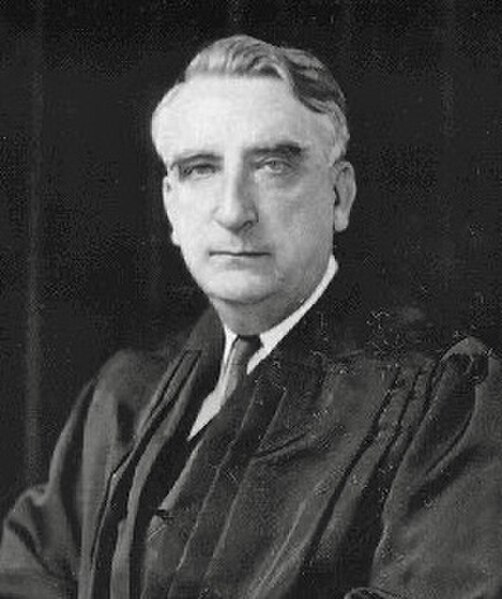Judicial Conference of the United States
The Judicial Conference of the United States, formerly known as the Conference of Senior Circuit Judges, was created by the United States Congress in 1922 with the principal objective of framing policy guidelines for administration of judicial courts in the United States. The Conference derives its authority from 28 U.S.C. § 331, which states that it is headed by the chief justice of the United States and consists of the chief justice, the chief judge of each court of appeals federal regional circuit, a district court judge from various federal judicial districts, and the chief judge of the United States Court of International Trade.
Chief Justice Taft led a public campaign for federal judicial reform
Chief Justice of the United States
The chief justice of the United States is the chief judge of the Supreme Court of the United States and is the highest-ranking officer of the U.S. federal judiciary. Article II, Section 2, Clause 2 of the U.S. Constitution grants plenary power to the president of the United States to nominate, and, with the advice and consent of the United States Senate, appoint "Judges of the supreme Court", who serve until they die, resign, retire, or are impeached and convicted. The existence of a chief justice is only explicit in Article I, Section 3, Clause 6 which states that the chief justice shall preside over the impeachment trial of the president; this has occurred three times, for Andrew Johnson, Bill Clinton, and for Donald Trump’s first impeachment.
Chief Justice of the United States
Chief Justices of the United States (Harper's Weekly, December 24, 1864)
Image: John Rutledge, by James Herring after John Trumbull
Image: Chief Justice Fred M. Vinson





